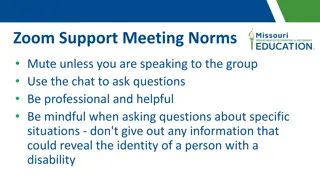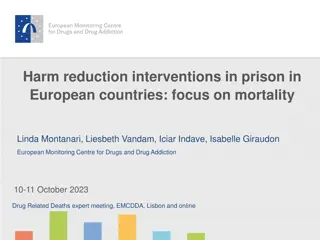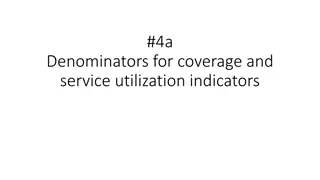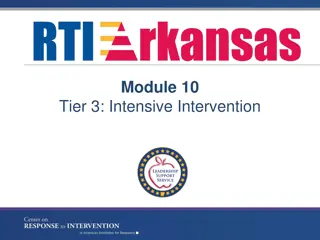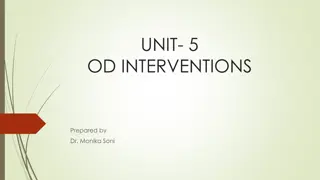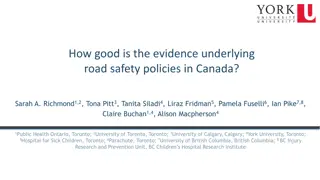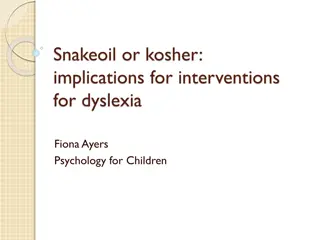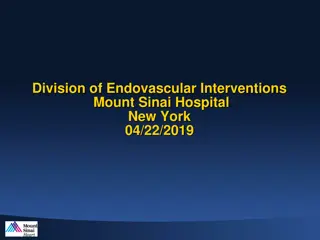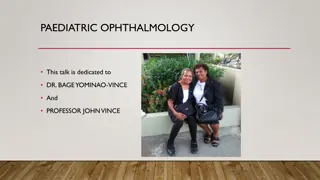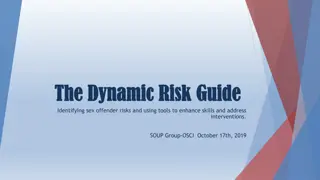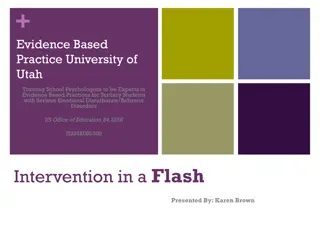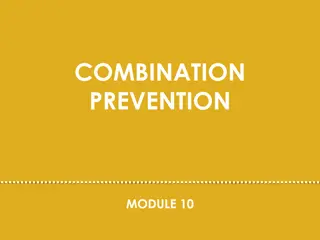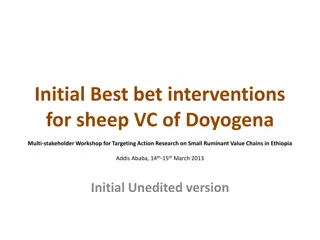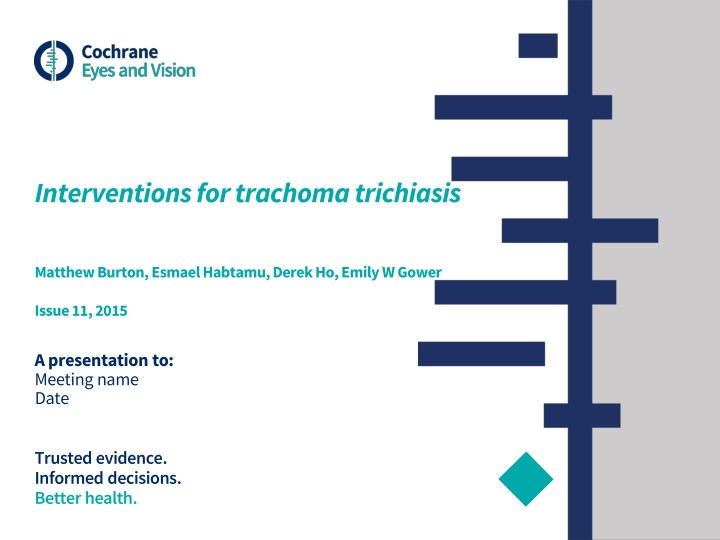
Effective Interventions for Trachoma Trichiasis: Key Findings and Recommendations
Explore the interventions for trachomatous trichiasis in endemic settings, focusing on surgical techniques, antibiotic use, and outcomes. Discover the most effective treatments and considerations for managing trachoma-related blindness risk.
Download Presentation

Please find below an Image/Link to download the presentation.
The content on the website is provided AS IS for your information and personal use only. It may not be sold, licensed, or shared on other websites without obtaining consent from the author. If you encounter any issues during the download, it is possible that the publisher has removed the file from their server.
You are allowed to download the files provided on this website for personal or commercial use, subject to the condition that they are used lawfully. All files are the property of their respective owners.
The content on the website is provided AS IS for your information and personal use only. It may not be sold, licensed, or shared on other websites without obtaining consent from the author.
E N D
Presentation Transcript
Interventions for trachoma trichiasis Matthew Burton, EsmaelHabtamu, Derek Ho, Emily W Gower Issue 11, 2015 A presentation to: Meeting name Date Trusted evidence. Informed decisions. Better health.
Table of Contents 01 Background 02 Typesof studies 03 Key results 04 Tables (Risk of Bias/Forest Plots) 05 Conclusions 06 Acknowledgements
01: Background Trachoma is the leading infectious cause of blindness Strategies to eliminate trachoma include surgery, antibiotics, and prevention measures Objective: To assess the interventions for trachomatous trichiasis for people living in endemic settings
02: Types of studies Participants 13 studies, 8586 participants Interventions Five studies compared surgical interventions Three studies examined antibiotic use following surgery One study compared sutures One study compared epilation to surgery One study compared outcomes of treatments in the community One study compared results of surgery performed by an eye doctor versus a non-specialist
03: Key results These trials suggested that the most effective surgery requires full-thickness incision of the tarsal plate and rotation of the edge of the eyelid. The addition of azithromycin treatment at the time of surgery may reduce post-operative trichiasis Epilation is less effective than surgery at treating trichiasis, but has comparable results for vision and corneal change two years after intervention.
03: Key results (continued) Surgery performed by ophthalmologists and by integrated eye care workers were both similarly effective.
05: Conclusions No trials were designed to evaluate whether the interventions for trichiasisprevent blindness as an outcome Full-thickness incision of the tarsal plate and rotation of the lash-bearing lid margin was found to be the best technique and is preferably delivered in the community.
06: Acknowledgements Cochrane Eyes and Vision US Satellite, funded by the National Eye Institute, National Institutes of Health Cochrane Eyes and Vision Editorial Base, funded by the UK National Health Service Research and Development Programme Matthew Burton, EsmaelHabtamu, Derek Ho, Emily W Gower Review citation Burton M, HabtamuE, Ho D, Gower EW. Interventions for trachoma trichiasis. Cochrane Database of Systematic Reviews 2015, Issue 11. Art. No.: CD004008. DOI: 10.1002/14651858.CD004008.pub3


